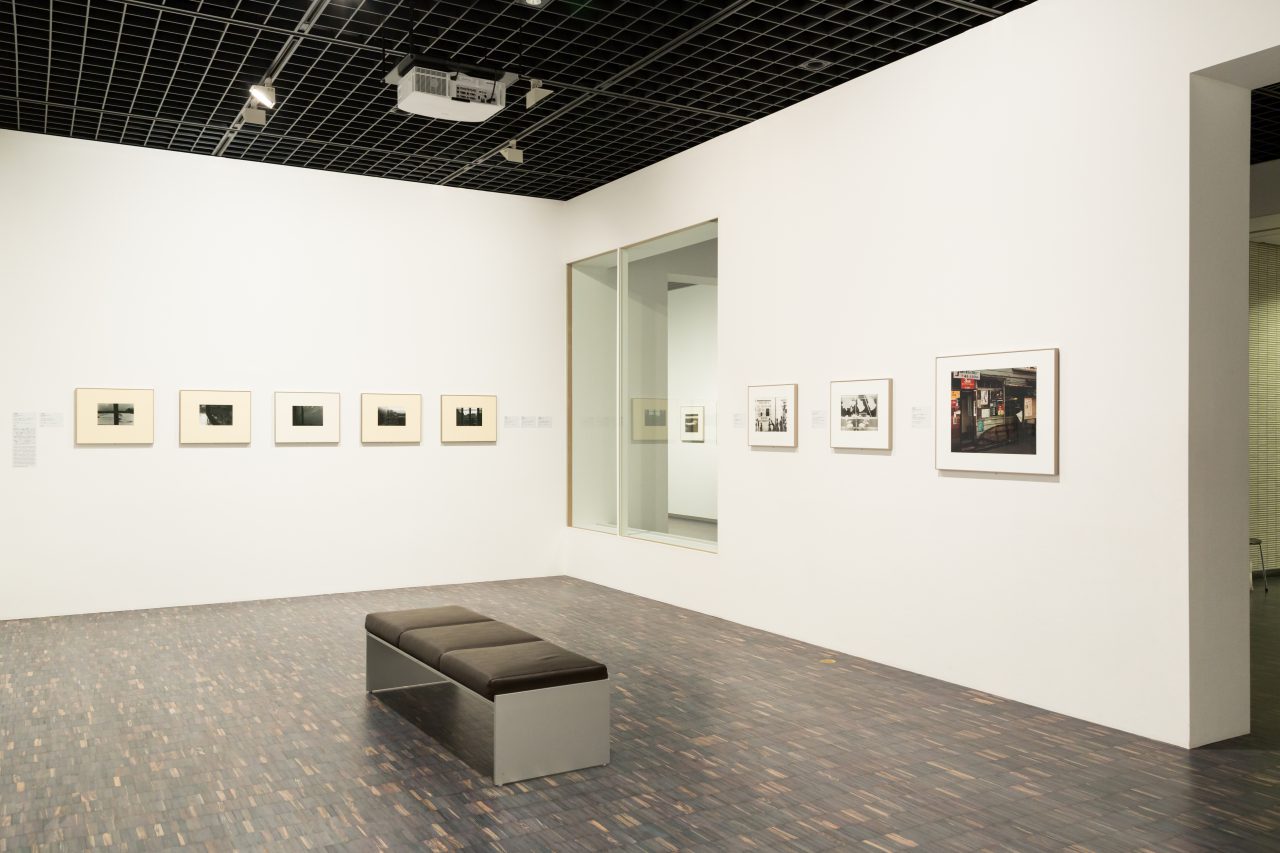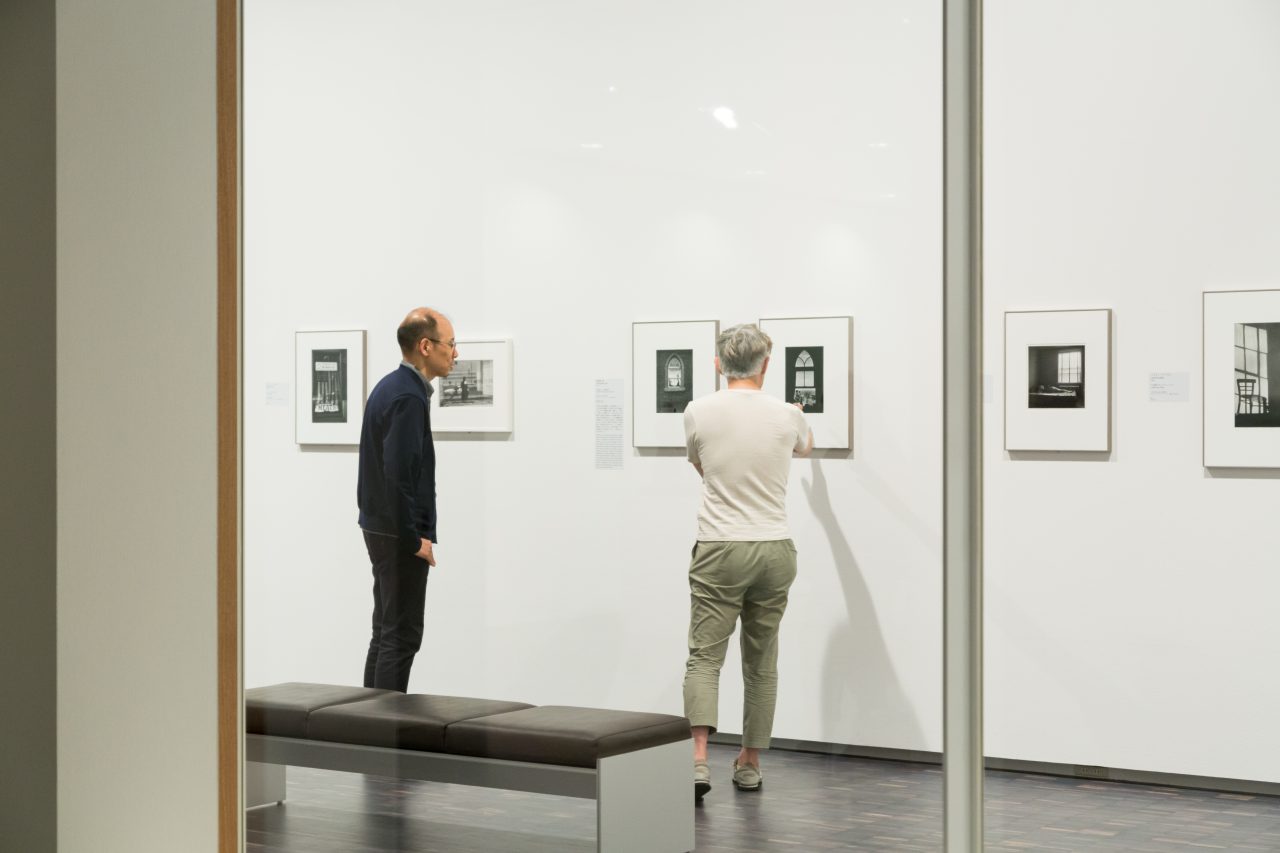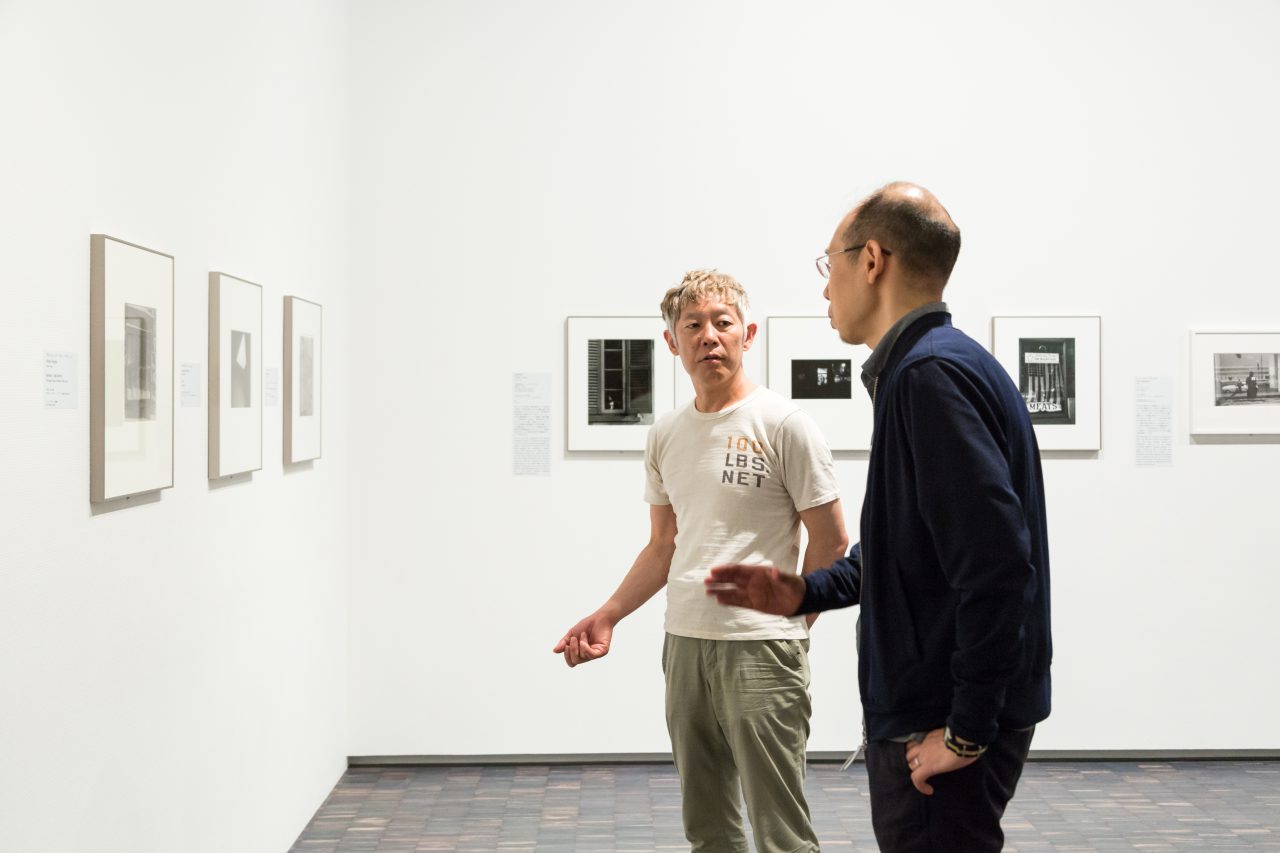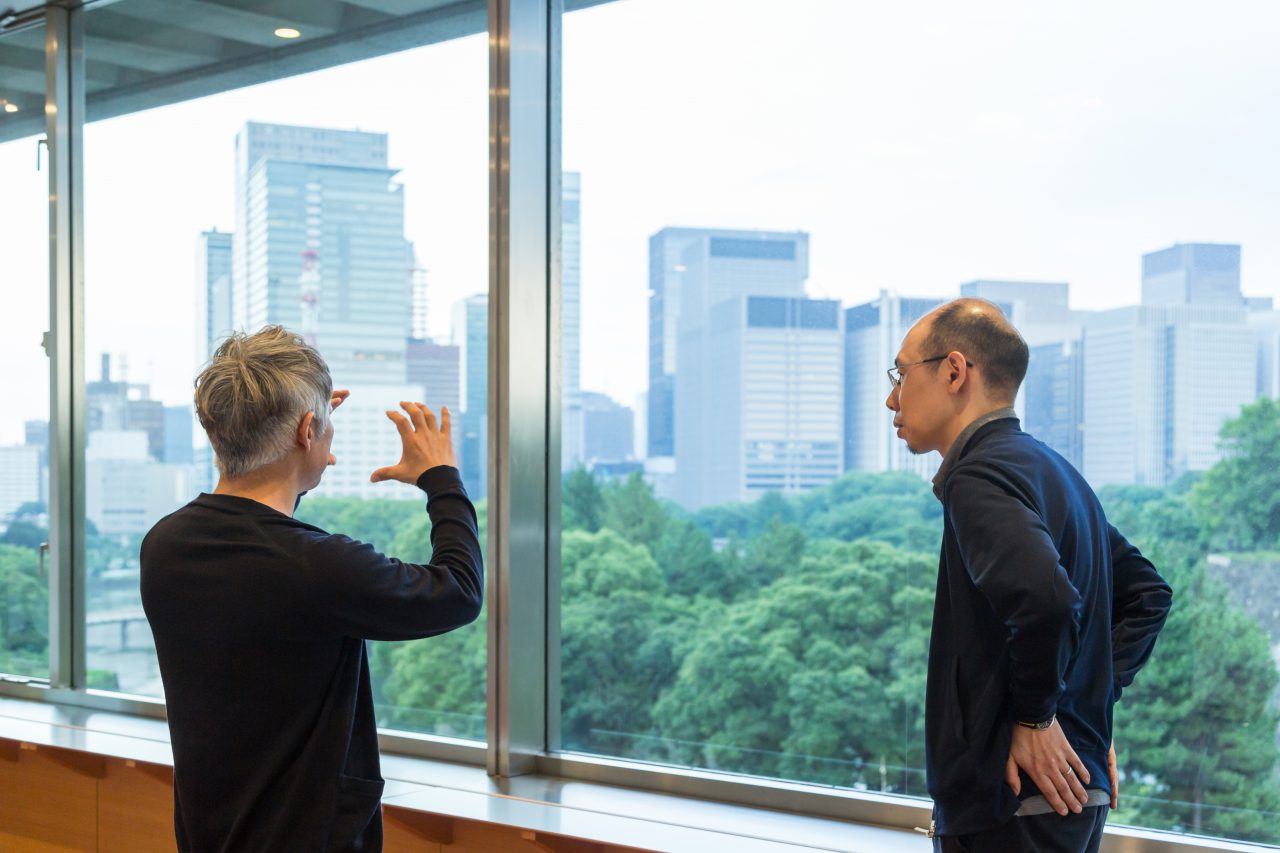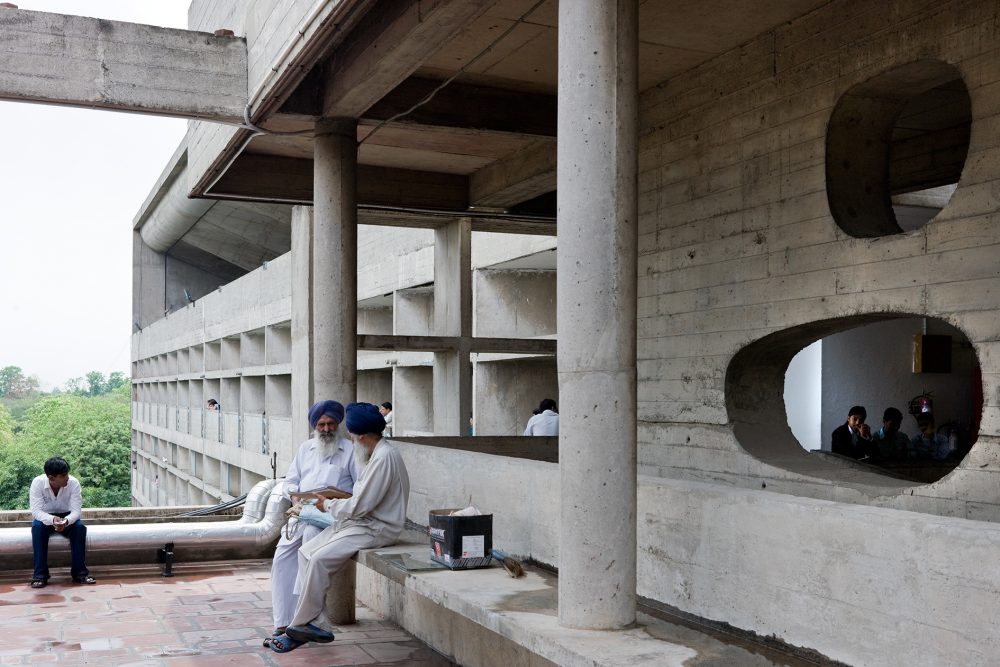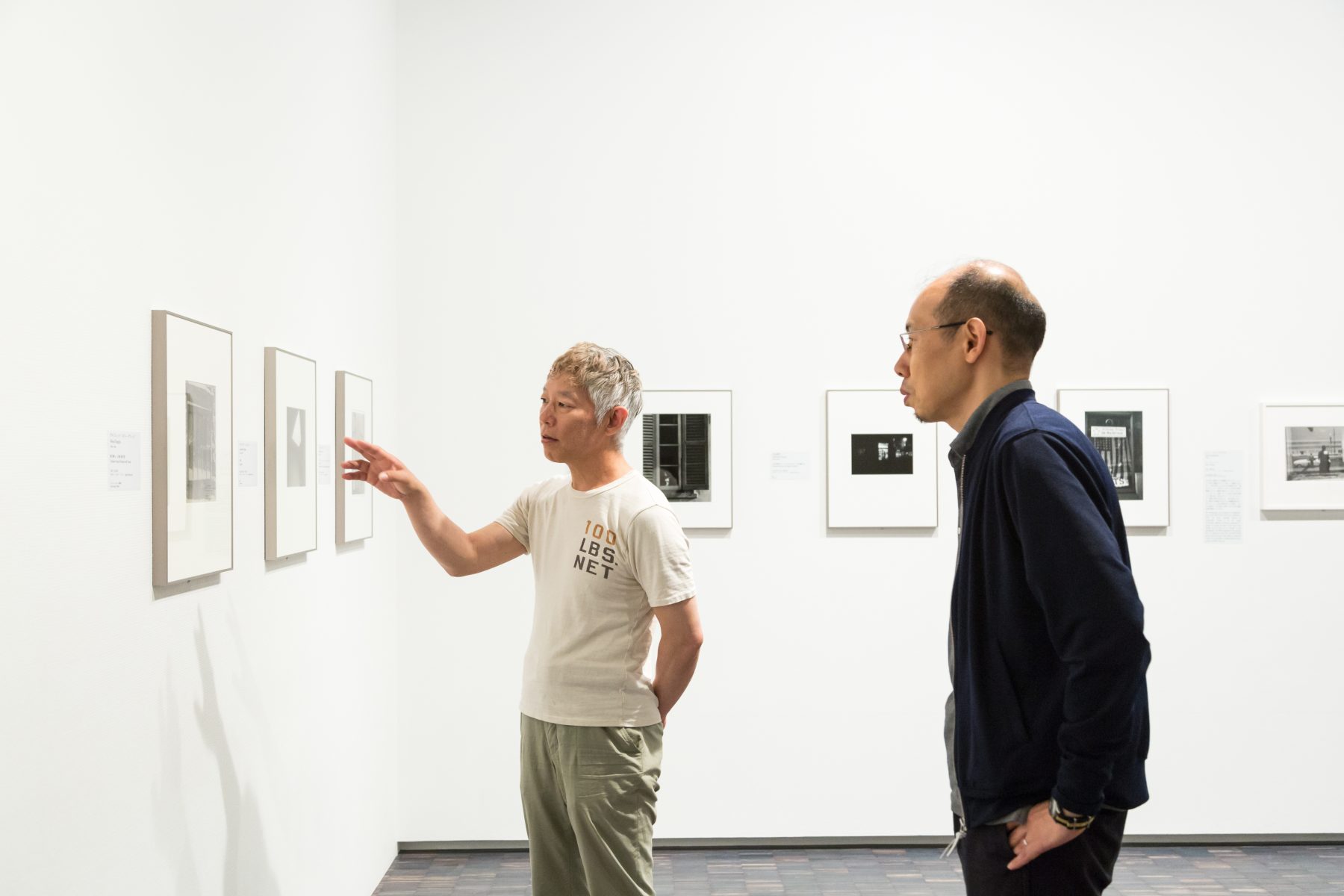
Series Takashi Homma’s Conversations on Photography
MOMAT Collection “Windows and Photography”
06 Sep 2016
The Windows and Photography exhibition was held as a part of MOMAT Collection from May 24 to August 7, 2016. Photographer Takashi Homma, who has explored the relationship between photos and windows together with the Window Research Institute, and Rei Masuda, curator of this exhibition, discuss collections of photographs from Japan and overseas on the theme of “windows.”
Takashi Homma (hereinafter referred to as Homma): What was the original idea behind this “Windows and Photography” exhibition?
Rei Masuda (hereinafter referred to as Masuda): The exhibition space, designed by Tezzo Nishizawa in 2012, is with windows, and since it’s completion I’ve wanted to do something focusing on it. Not long ago we featured something called Walls and Photography.
On that occasion, too, we collected photos under the theme of “walls.” Taking shots just in front of a wall or at some angle – for me, walls and photography became interesting keywords. It was at such a time that the idea of Windows and Photography came to me. For those familiar with the world of photography perhaps the Mirrors and Windows exhibition (1978) comes to mind.
Homma: Yes, by John Szarkowski.
Masuda: In that exhibition “windows” were used as a metaphoric image. This time, I decided to collect photos which actually displayed windows, and trying to think about photography in relation to them.
Homma: Here I’d like to take a look at each work. You’ve done something great from the very first photo. Is this one of the Alfred Stieglitz’s series?
-

Alfred STIEGLITZ, “Chicken House Window with Snow”, 1923
Masuda: It’s one of the photos he took at his summerhouse in upstate New York where his famous series of cloud photographs were taken.
Homma: Oh, upstate New York?
Masuda: That’s right, it’s a summerhouse on Lake George. There he took various sorts of photos such as portraits and landscapes, and this is a chicken house window. Because of a light reflection the boundary between the inside and outside is blurred. This style of shooting is rare for Stieglitz. It is interesting that he, too, took photographs of windows.
Homma: It’s a tempting shot. This was taken in 1923. Amazing!
Next Picture, I’m now reading a book by Koji Taki. In it he talks about problems faced by the Jewish community, citing this photograph by Nakaji Yasui.
-
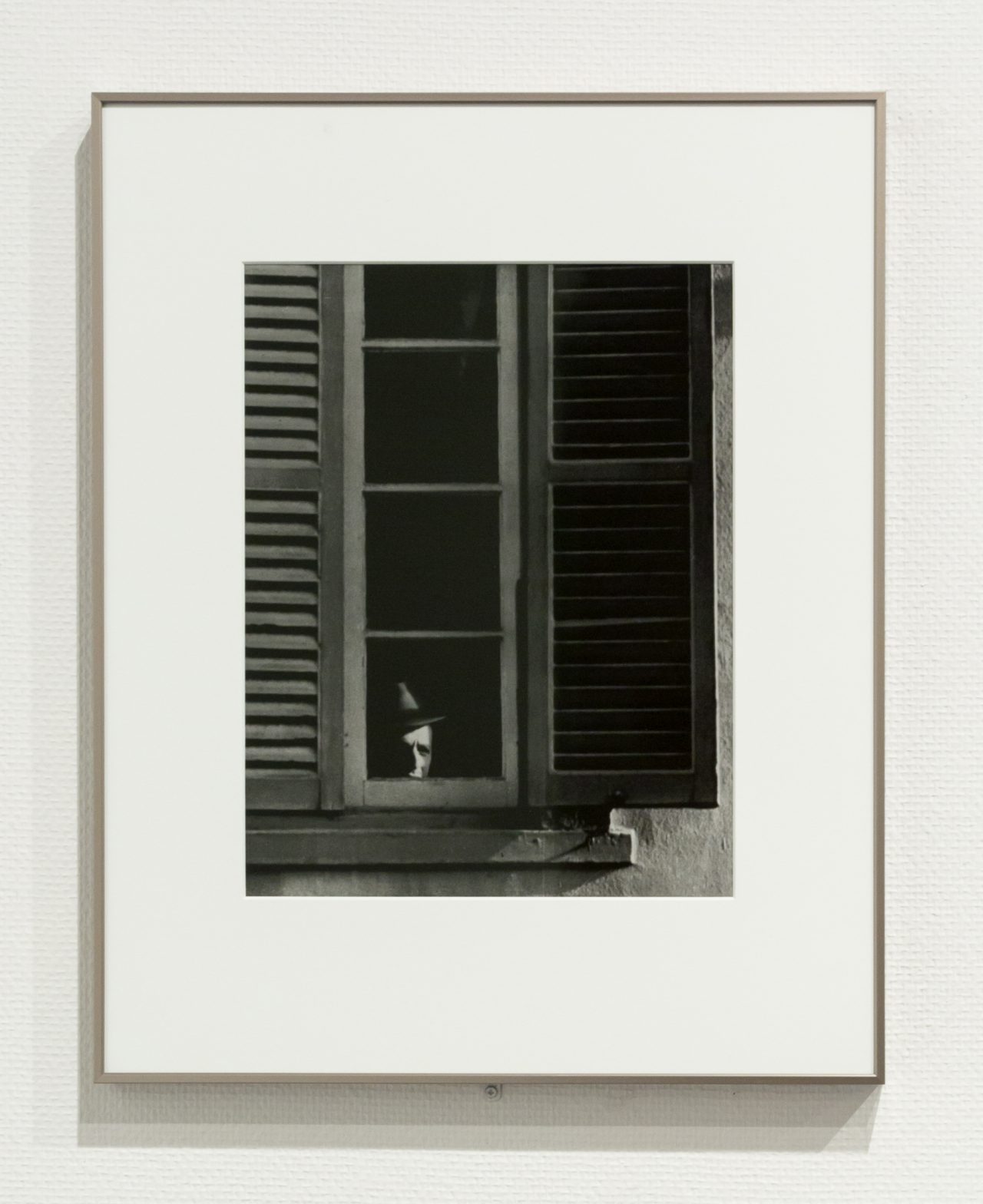
YASUI, Nakaji, “Wandering Jews: Window” from Nakaji Yasui Portfolio, 1941
It is also a photo of a window. According to the book, Yasui went to Kobe with a few members of his photography club in order to take a photo of this exiled Jews hidden behind a window.
Masuda: It’s a very suggestive photo. He snapped a chance shot of their face just as they were peeking through the window. There are also photos of them relaxing out in front of the house.
Homma: Yes. One of the members of the photography club was the father of manga artist Osamu Tezuka.
Masuda: The initial setting of one of Tezuka’s manga, Message to Adolf (1983-5), was set in the Kobe of this period. I imagine Tezuka knew about this photo.
Homma: The photo seems like a composite.
Masuda: There’s no negative of this photo, and what we have in our collection is modern print portfolio. We made new negative by copying the original print with a high power digital camera. After undergoing this process many things previously not visible to the naked eye suddenly appear.
Homma: And this, it is a picture of a soba noodle shop and Chinese restaurant. Where was this photo taken?
-
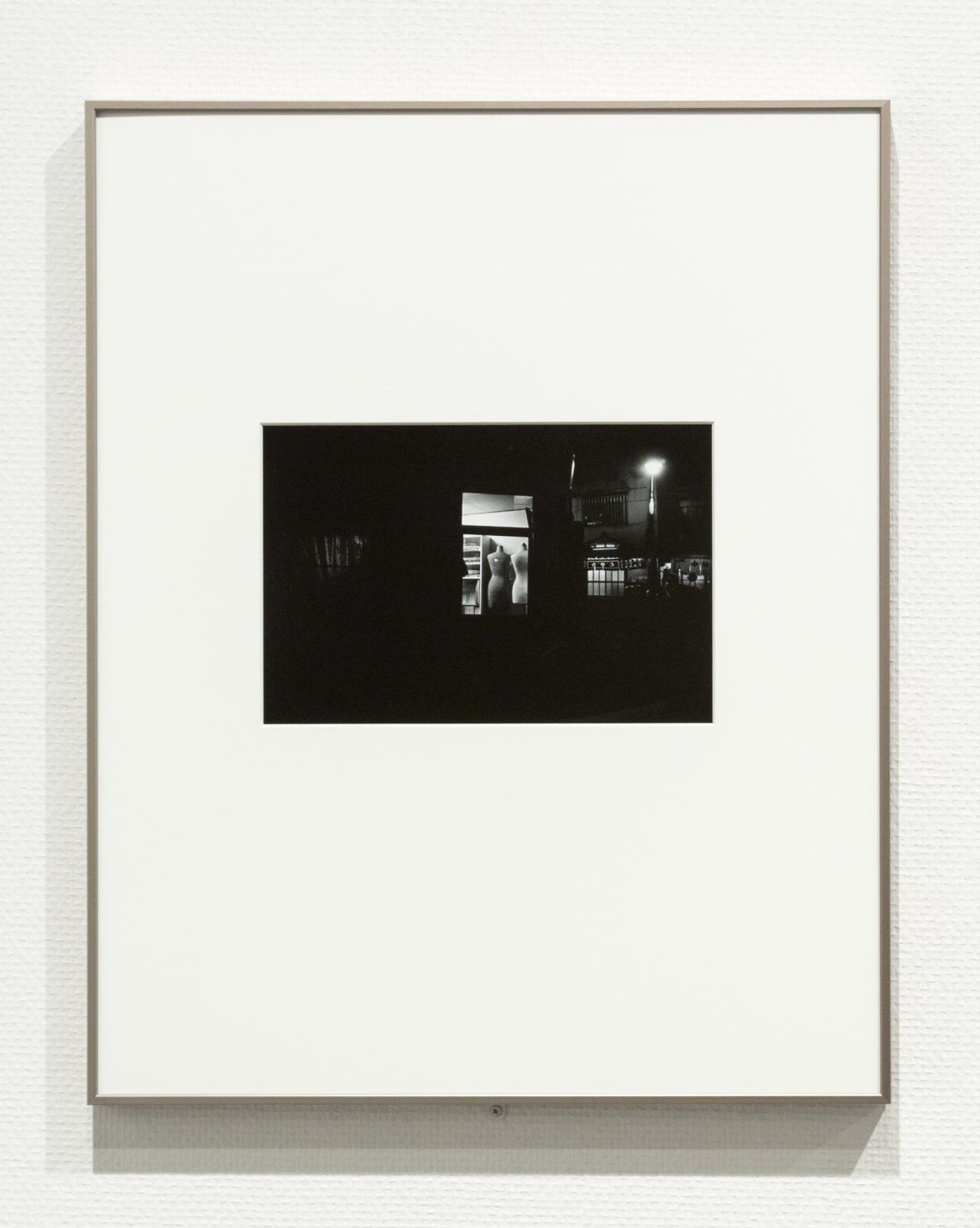
OTSUJI, Kiyoji, “At Dusk” from Kiyoji Otsuji Portfolio, 1975
Masuda: Kiyoji Otsuji took it on his way to Shibuya from Yoyogi Uehara.
Homma: Otsuji’s own house designed by Kazuo Shinohara (House in Uehara, 1976) is still there. An impressive sight. I like 16 mm films documenting the narrow streets there.
Masuda: Ah, those passengers.
Homma: Yeah, it looks just like a theatre.
Speaking of Robert Frank, did you choose this photo from The Americans?
-
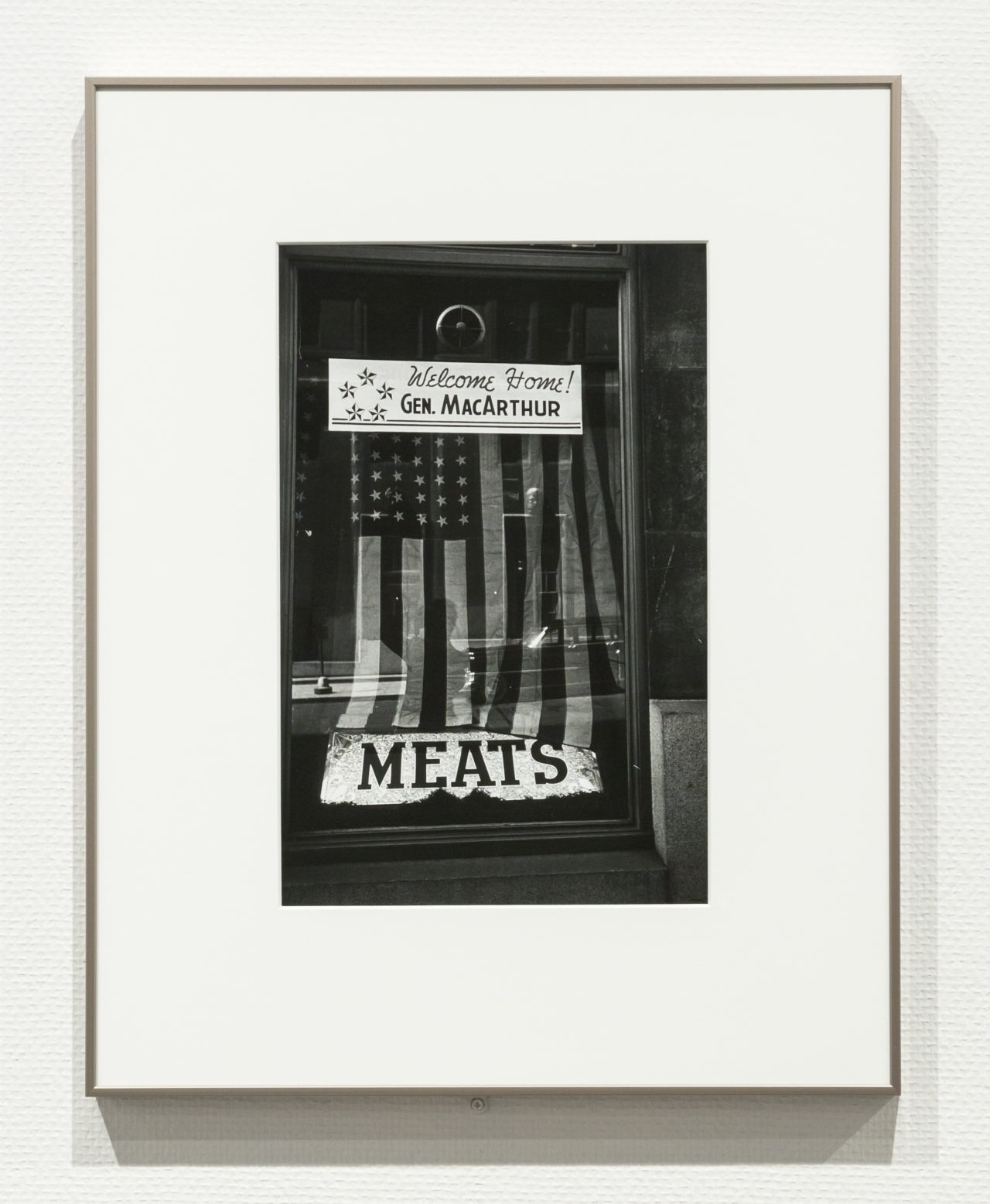
Robert FRANK, “NYC, 1948”, 1948 ©Robert Frank
Masuda: It was published in 1948. So I suppose it is before The Americans.
Homma: He took photographs of various things. This shot of the American flag in a window is just one example.
Masuda: This is literally mirrors and windows.
-
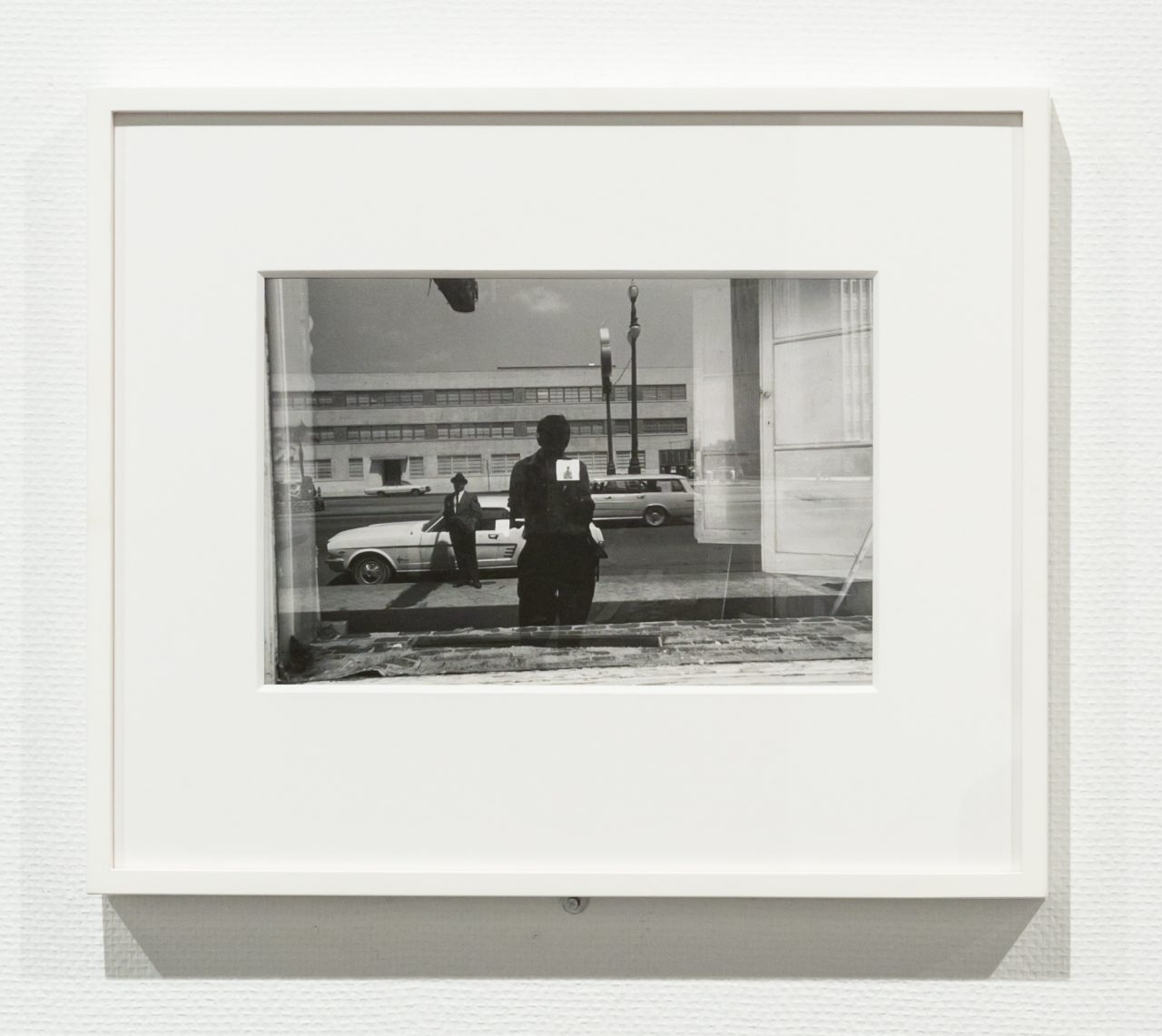
Lee FRIEDLANDER, “New Orleans, 1968”, ©Lee Friedlander, courtesy Fraenkel Gallery, San Francisco
Homma: I see. I think this is my first time seeing this photograph. Lee Friedlander took various photos of this kind.
Masuda: Though it’s a photo of windows the compositional arrangement is particularly interesting. In the most external window is reflected this side of world including the photographer and, beyond that window, we can see a small window inside the house. The external window functions as a mirror.
Homma: Yes, it’s multilayered. It’s also rather stylish.
And here we have yet another approach.
-
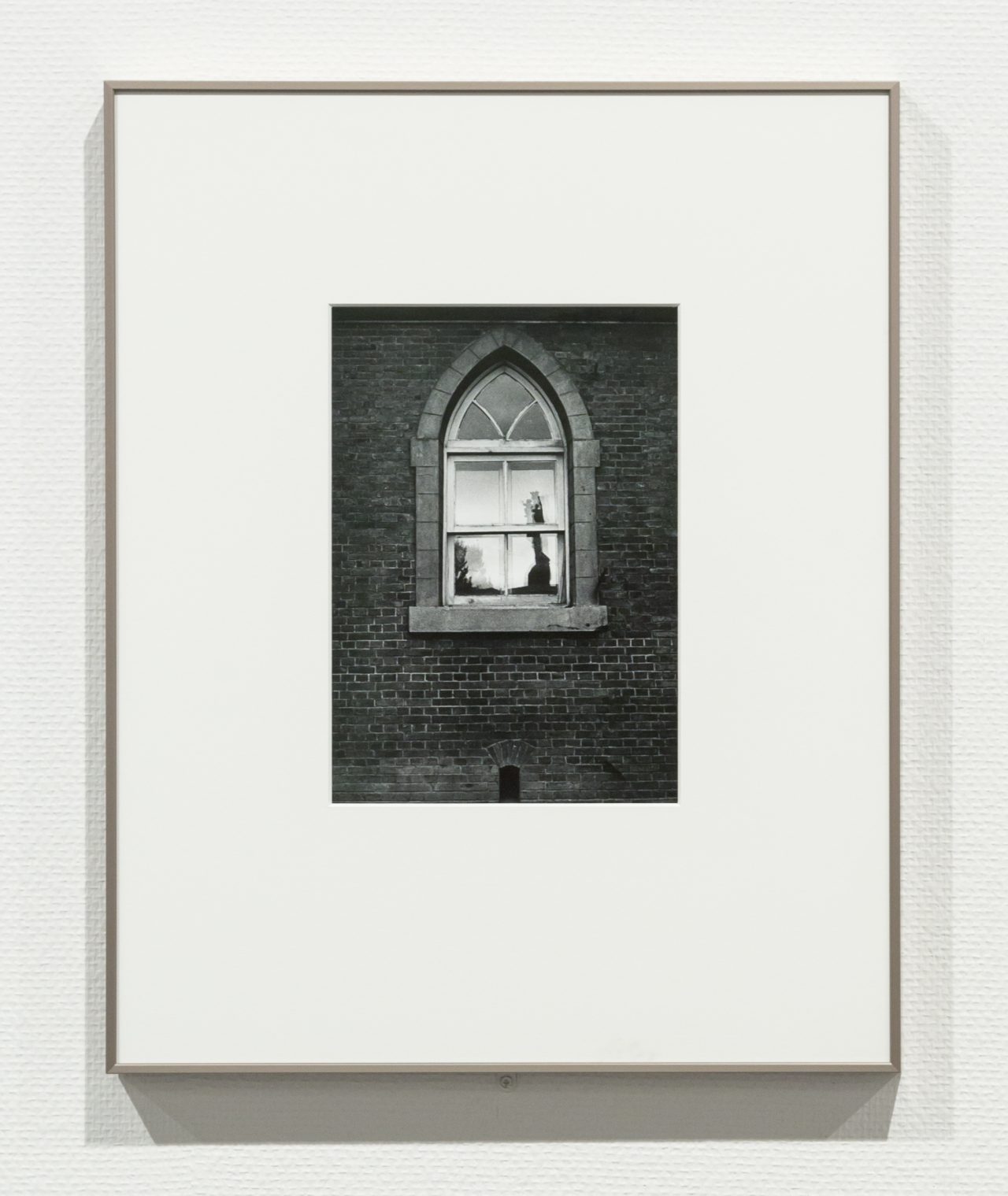
NARAHARA, Ikko, “Garden of Silence [29]” from Domains, 1958 ©Ikko Narahara
Masuda: Two years ago we held Ikko Narahara’s exhibition entitled Domains. Seeing Narahara’s photos on display I came to realize the meaning of all those windows, something which I never realized when looking at them in his photo collection.
This is a photo of a monastery. While taking pictures of the lives of monks he constantly switched between windows seen from the outside and those seen from the inside. Windows seen from the outside are always taken with light reflected on them in such a way that you cannot see inside; on the other hand, those seen from the inside are open to the outside world. It represents the minds of monks who lock themselves away in silence. We cannot see their inner mind while that very interiority is always open to outside, that is, God. I think that’s why Narahara included this photo in his collection.
Homma: That makes sense. It is a narrative aspect of his works.
-
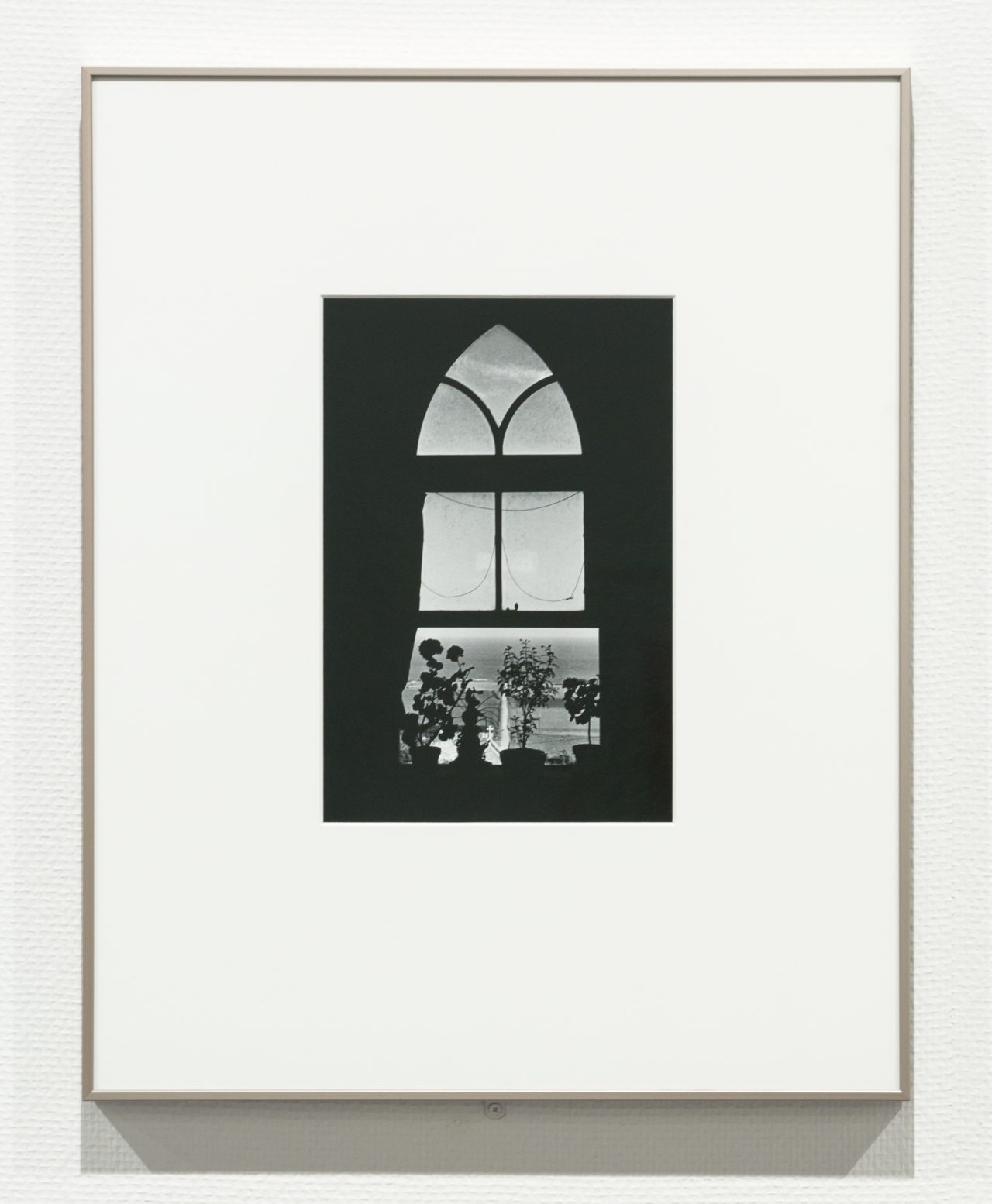
NARAHARA, Ikko, Garden of Silence [30] from “Domains”, 1958 ©Ikko Narahara
This is great. There is great contrast here between light and dark. Boundaries frame the window shutting out the view but the ocean is visible in the distance.
-
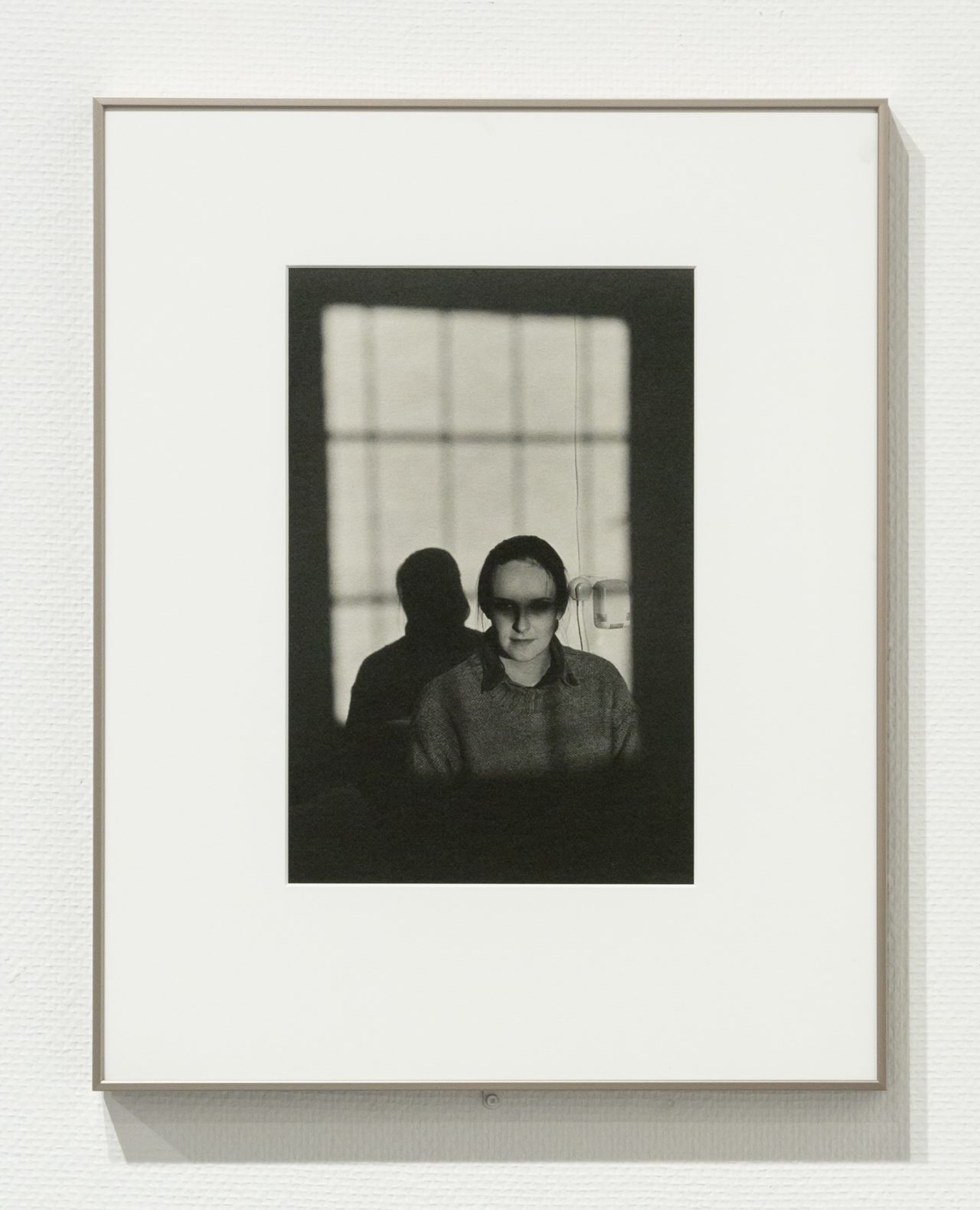
FURUYA, Seiichi, “Mitterlassnitz 1980” from Portrait of Christine, 1980
Homma: Was Furuya conscious of the window in this picture?
Masuda: I’m not sure but, for me, more than the window itself, I find the effect of the light that passes through the window to be interesting. I’ve plucked it from its original context, focusing instead on the effect on the light and window.
Homma: In this photo by Furuya there are no windows to speak of but, certainly, it’s a photo about windows.
Masuda: At this time of shooting, of course, he had no idea of the tragedy awaiting him; still, the photo is suggestive. It plays an important role in this series of photos which focused on his wife’s death (Christine Furuya-Gössler Mémoires 1978-1985).
Homma: After switching to color photography he continued to take photos with a similar layout.
Is this his series on looking at the outside from the inside?
-
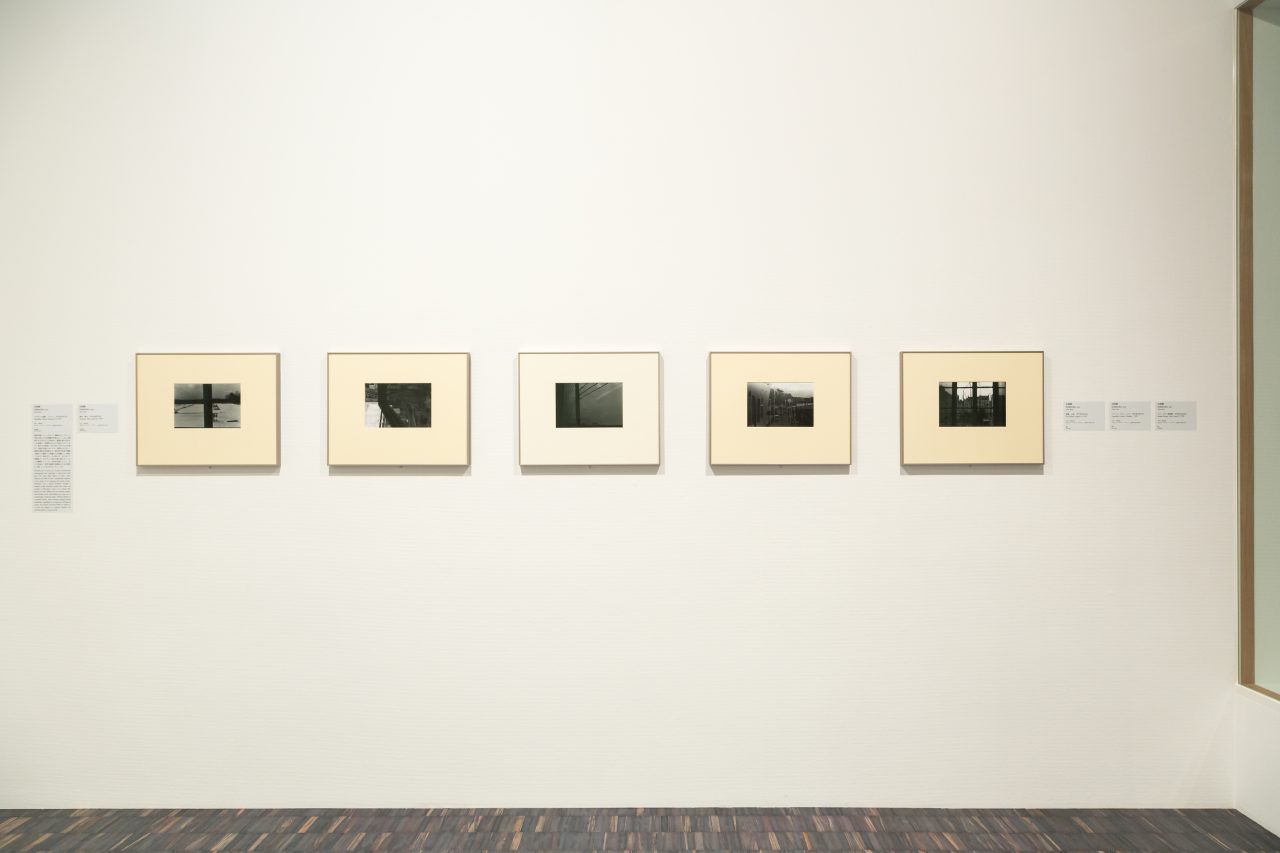
(From left) SHIRAOKA, Jun, Versailles, France, February 12, 1991, 1991, Aoyama, Tokyo, April 10, 1991, 1991, Doi, Ehime, August 16, 1991, 1991, Grenoble, France, October 1, 1991, 1991, Musee Picasso, Paris, June 25, 1992, 1992
Masuda: We didn’t include any for this exhibition but there are photos of looking at the inside from the outside.
Homma: I didn’t realize that Jun Shiraoka took so many photos as part of this series.
Masuda: I think Shiraoka exhibits an interest in not only windows but also to mysterious things that block one’s view. Windows prove to be an interesting motif: it creates a mysterious space that obstructs one’s view while simultaneously showing what lies behind it.
-
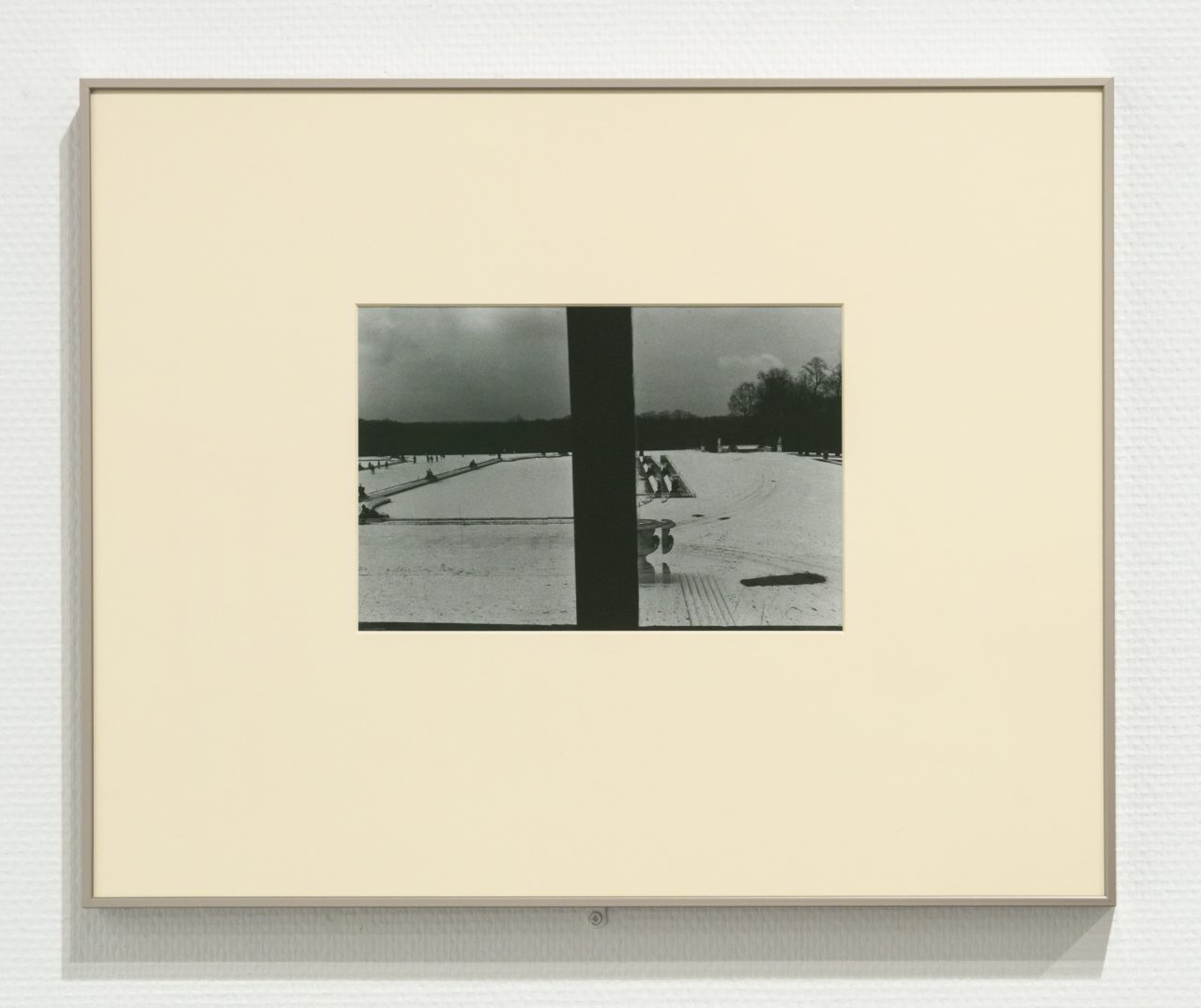
SHIRAOKA, Jun, Versailles, France, February 12, 1991, 1991
It reminds me a bit of Robert Frank’s Hotel series. Also, Wolfgang Tillmans shoots photographs with objects put between the border of a window and a wall.
Masuda: Taking photos in which objects have been placed there, problematizing the border-space itself: Tillmans really is an artist. It’s easy to imagine as a painting and readily lends itself to use as a metaphor.
Homma: Right. But if you try that it might be too cliché. That makes things difficult.
By the way, what sort of photographs do you like? Apart from the job as a curator, that is.
Masuda: If I could only take one photo with me? (laughter)
Homma: How about if you could do what you want with it? For use in your home.
Masuda: Maybe a Frank or Friedlander print. If it were going on my wall with the intent of gazing at it would be one from Narahara.
Homma: I like Friedlander’s as well, but my favorite would be the first Stieglitz we looked at. I like the texture of the print.
Why do you think photographers take pictures of windows?
Masuda: I think it has something to do with the crucial role frame and lighting play in the very construction of cameras. As for shooting windows, there is the added challenge of having a frame within a frame. Windows are borders: they separate inside from outside while at the same time linking the two. This double-sided existence makes windows a perfect object for shooting. I also think the structural meaning of the photographs themselves can be brought out in various forms. I realized this seeing all of these photos lined up.
Homma: What then is the next big challenge? Are there any pictures by recent photographers that catch your eye, comparing those masterpieces from the past?
Masuda: I think Shizuka Yokomizo’s style is a new challenge.
Homma: This exhibition focused on a specific theme. I think it’s a great opportunity for people to learn about a single topic.
Masuda: As our collection is not so big we are able to exhibit important themes relatively easily. Normally we feature one artist but I hope to hold a special exhibitions focusing on windows, walls, and the history of photography so that people who are not familiar with individual artists might enjoy themselves.
Homma: Do you have other plans after your work on windows?
Masuda: I haven’t even thought about it. However, I do think a seemingly simple motif with an actually deep side to it might be interesting.
Homma: How about mirrors?
Masuda: For some reason I have no interest in mirrors. Windows really inspire me, though: they are ambiguous, serving as passages to the outside while simultaneously functioning as mirrors.
Masuda: In Europe, especially in Italy, windows are set in thick stone buildings almost as if stained to the body of those inside a room. In Japan, however, larger windows are set in thinner walls. It seems as if European and Japanese have different notions of windows.
Homma: United States is certainly different as well. In Japan there are also shoji, or paper doors.
Masuda: The notion of windows is rather ambiguous.
Homma: Can we say that Andreas Gursky’s photo of the Shanghai Bank is part of this window series? He took this picture of the bright building from outside in such a way that you can see inside quite clearly. It’s a fairly contemporary window photo.
Masuda: The works on display by Nakaji Yasui or Kiyoji Otsuji are similar in that our existence is not known to them and yet we are looking in on them; this method of photography – something like a gaze – will naturally come out when looking at windows as motif.
On the other hand, when windows reflect light the exterior might be seen by the interior while only one’s face is reflected on the window. When dealing with photography the issue of the gaze always appears; when windows appear in various forms in a photo they are brought to the fore. Though obvious, this stood out to me again while doing this project.
Homma: Just last year I worked on a research with the Window Research Institute to categorize types of photographs of windows (“Windowology”). Though at first I thought it was mundane work, at the end I came to realize that there might still be some work left to do. Windows are in fact products of the modern age; before that, there were only window-ish things that did not function as a tool to see (or to be seen from) the outside. It is only because large glass sheets were developed to see the outside that photography like Yokomizo’s take on meaning. It’s with this in mind that I would like to rethink the potential of windows. I’m hoping to explore this subject more. Also, the act of looking through windows is another interesting to me. It’s a kind of inarticulate attraction.
Masuda: But now that we take photos with digital cameras people don’t feel as if they are peeking through something.
Homma: That’s true.
Masuda: Instead of looking into and shooting we’re copying the scene in front of our eyes.
Homma: It’s sort of like scanning. Though still looking in, one’s line of sight is clearly changed. That’s interesting.
Takashi Homma
Photographer. Born 1962 in Tokyo, Japan. Held his first solo museum exhibition, New Documentary, in three museums in Japan from 2011 to 2012. Has published numerous photography books, including Tanoshii shashin: Yoiko no tame no shashinshitsu (Tokyo: Heibonsha, 2009) and Tanoshii shashin 3: Wakushoppu-hen (Tokyo: Heibonsha, 2014). Currently a guest professor at the Tokyo Zokei University Graduate School.
Rei Masuda
Born in 1968, specialized in Area Studies at the Graduate School of Humanities and Social Sciences at the University of Tsukuba. Since 1992 he has curated exhibitions at MOMAT including: Yutaka Takanashi: Field Notes of Light (2009), Suzuki Kiyoshi: One-hundred Steps and a Thousand Stories (2010), Josef Koudelka (2013), etc.
MOMAT Collection, “Windows and Photography”
Location: Collection Gallery, Room 9
Date: May 24, 2016 – August 7, 2016
http://www.momat.go.jp/english/am/exhibition/permanent20160524/#section1-2
MORE FROM THE SERIES
-
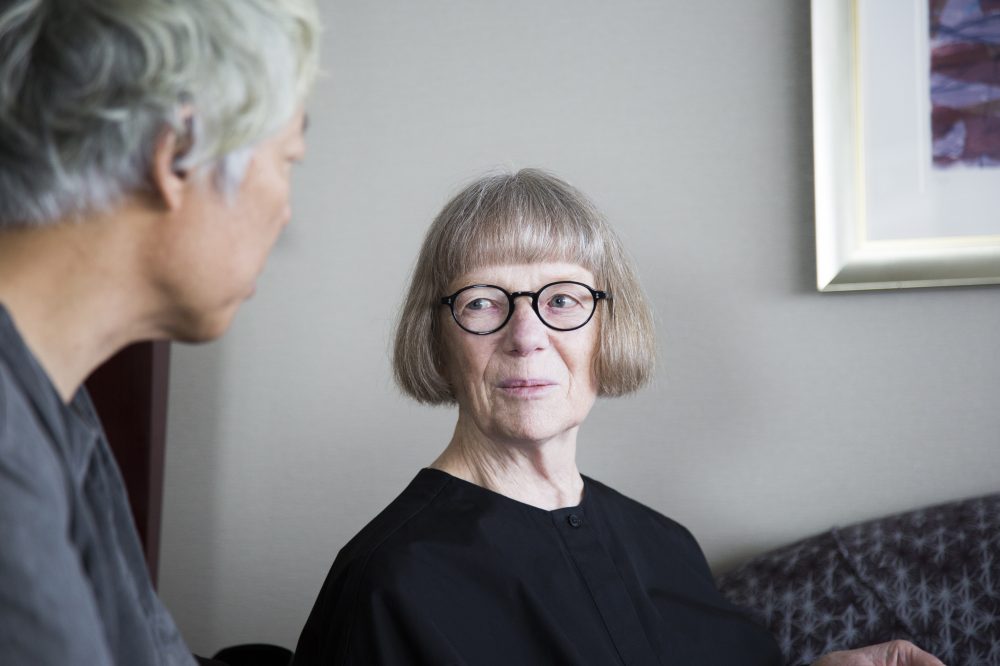
Takashi Homma’s Conversations on Photography
From the “Window” Snapshots of the 1970s to Contemporary German Photography
03 Oct 2018
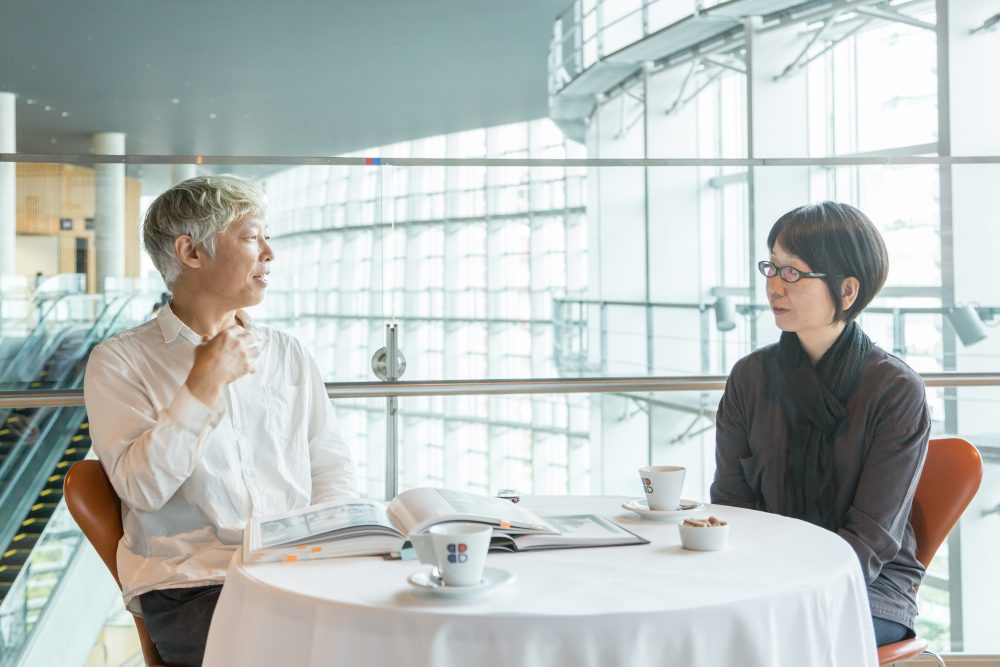
Takashi Homma’s Conversations on Photography
Shizuka Yokomizo + Takashi Homma
The Origin of the Idea26 Sep 2016
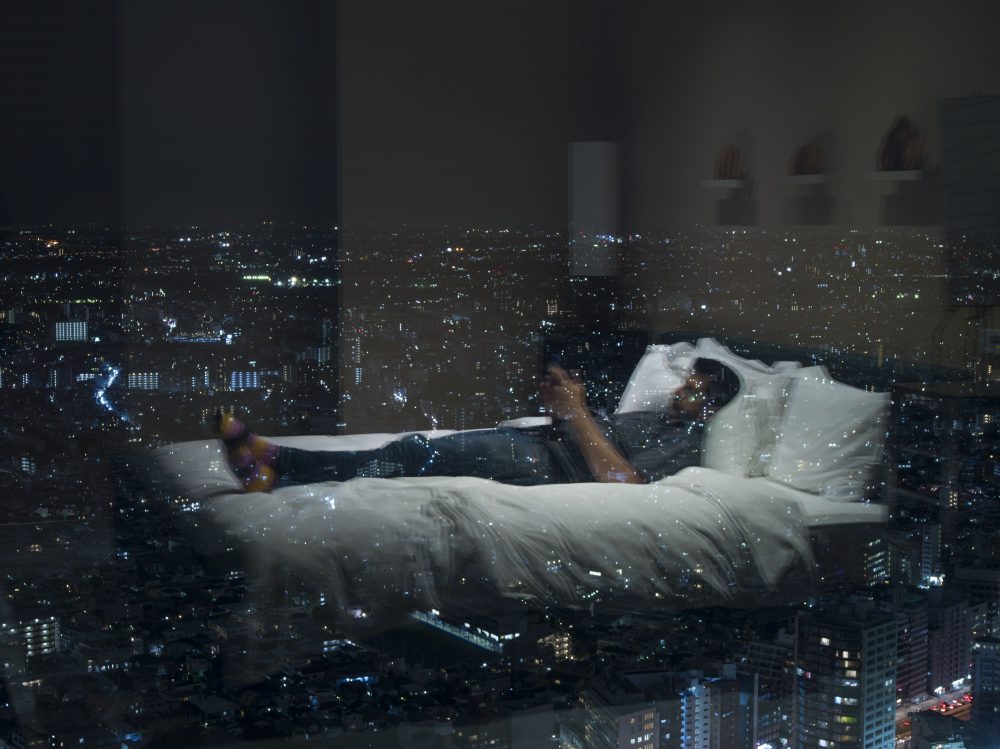
Takashi Homma’s Conversations on Photography
Takashi Homma + Alec Soth
Thinking about Windows through Photography06 Jul 2016
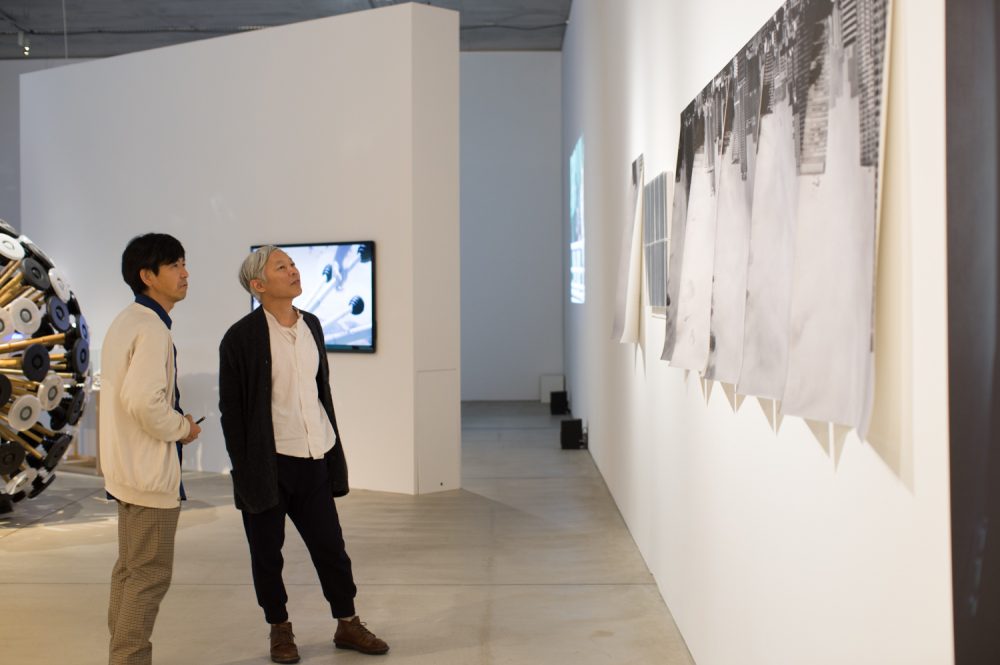
Takashi Homma’s Conversations on Photography
Thinking about Windows through Photography
17 Dec 2014
